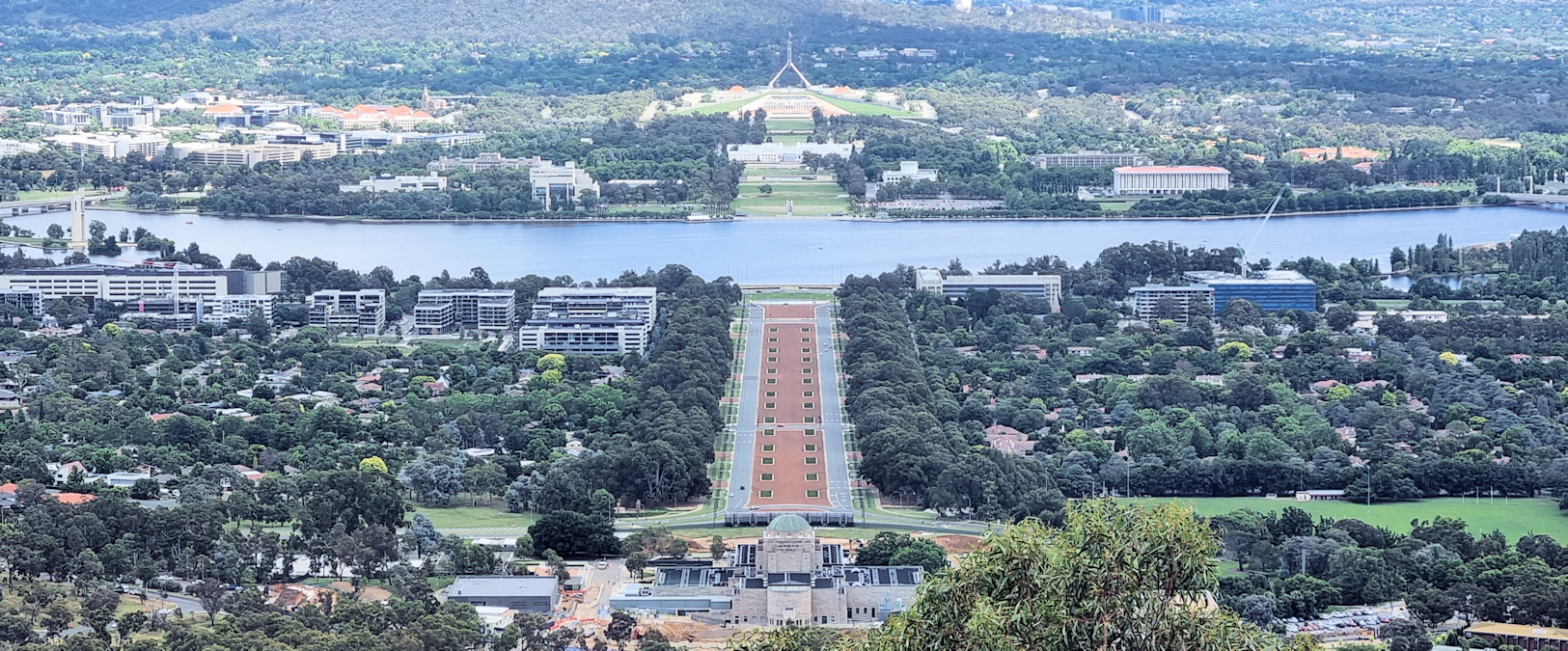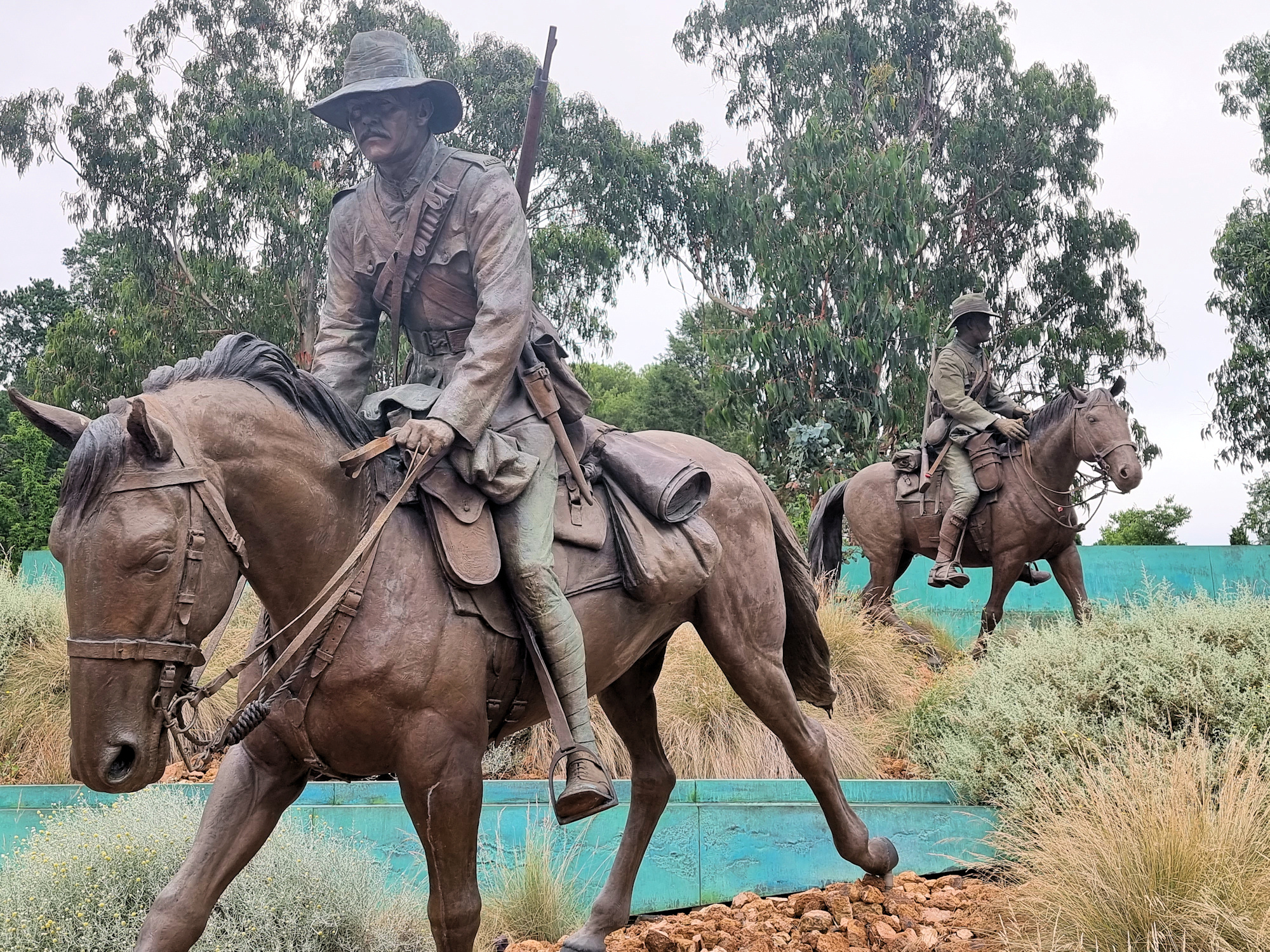Category: Canberra
-
Mount Ainslie Lookout

Mount Ainslie Lookout Providing outstanding views of Australia’s capital city, Mount Ainslie Lookout is a must see place when visiting Canberra. Only a five-minute drive from the War Memorial, although up a windy road, it’s easy to get to. Several viewing platforms provide vantage points to see the main axis of the city. From here,… Read more
-
ANZAC Parade Memorials Canberra

ANZAC Parade Memorials Canberra Leading up to the Australian War Memorial, ANZAC Parade in Canberra contains memorials honouring those who served in Australia’s armed services. The best way to see all of the monuments is to walk the length of the Parade. We parked in the Constitution Avenue car park, so that we could walk… Read more
